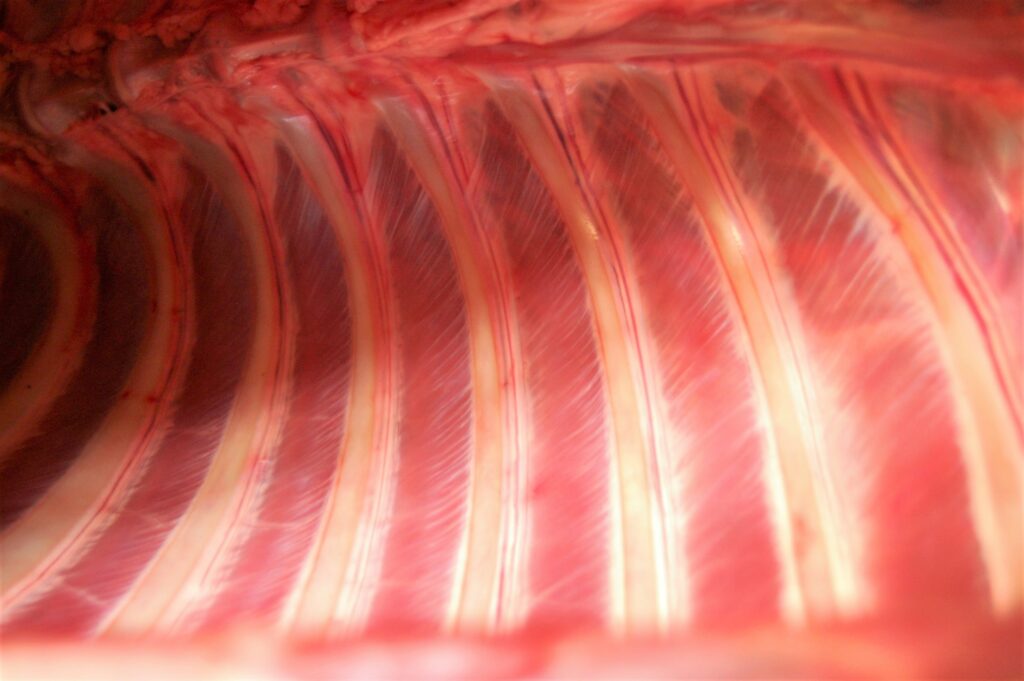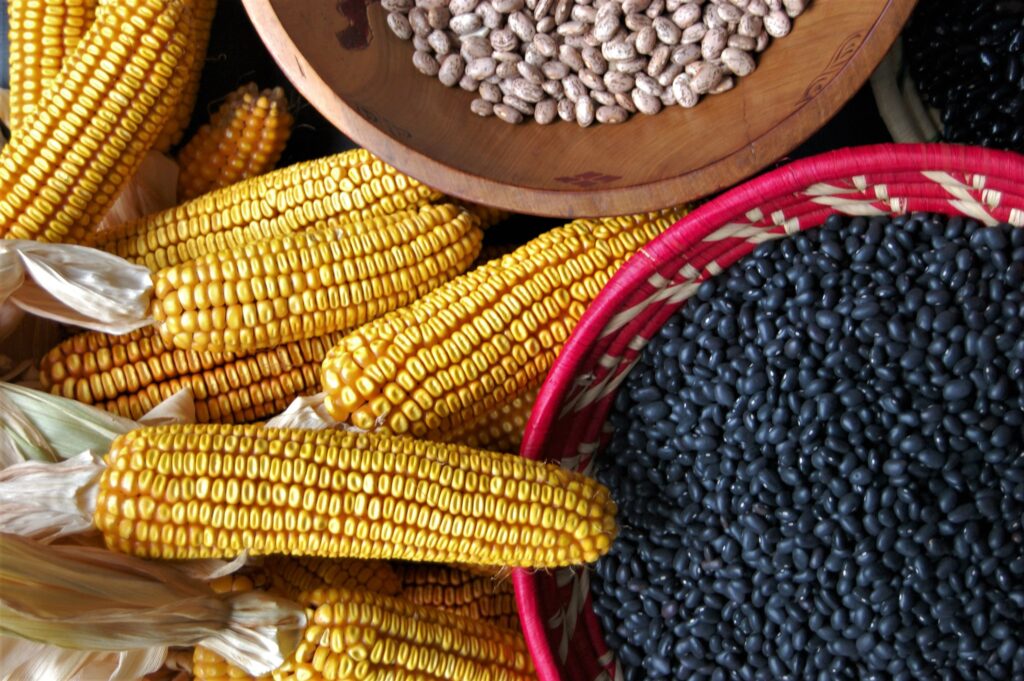Living off the Land
It’s a new year and with that comes the requisite writing resolutions and making plans for bettering ourselves. I’m not big on drafting long lists of things to do that I will inevitably abandon, but I do appreciate the time to take stock and approach the coming year with intention, especially around food and deepening our connection to the land and people around us. Jordan and I periodically like to challenge ourselves to eat solely from food we’ve grown, foraged and hunted, usually for a week at a time to mark special occasions like the first potato harvest or a successful hunting trip. We decided to make it a more formal process last year by starting at the beginning of the year and going as long as our supplies were able to give us tasty, nutritional meals. In 2021 we made it a month before we decided to end it in order to save some of our ingredients to eat later in the season. When the garden started producing again we went for an additional 11 weeks spread out throughout the rest of the year.

We don’t see total self-sufficiency- the two of us producing everything we need with no help- as the goal. Though we are constantly amazed by how much we are able to grow and gather using our small suburban garden and the public land around us, it’s not enough space to completely meet our dietary needs, nor do we need it to be. We like to barter with neighbors and friends from time to time, trading tomatoes and venison for honey and eggs since we don’t have bees or chickens of our own (2022 update: we do have our own bees now!). Some of the items that we put up to fill out our pantry were overflow from the small urban farm where I work. At the farm there is more space to grow things like tomatoes and peppers than in our backyard and community garden plots. Purity isn’t essential either, and we will be giving ourselves permission to use oil and salt from the store, as well as the occasional flour to bind things together. We also allow ourselves store-bought coffee and alcohol because, well, it’s January and we’re only human (though we do forage great local coffee substitutes I’ll be sharing as I like the flavor of coffee but can’t do caffeine). What is most important is fulfilling the spirit of the challenge, which is to sustain ourselves and eat well from food we produced.
From our time doing this last year, we know that the biggest obstacle isn’t a lack of ingredients, but the motivation to cook from scratch for every meal, especially during the work week. Preparing the foundations of meals ahead of time is an essential saver of time and mental energy. This weekend we will be nixtamalizing a big batch of our Wapsi Valley corn (more on this process later) to use for things like tortillas, papusas and polenta/grits, which are excellent vehicles for all kinds of delicious fillings and toppings. With a big pot of beans simmering on the stove, we’ll be set for several meals just by mixing up that basic formula and adding more exciting components from our canned and frozen preserves, like salsa or fermented cabbage. This gives us the latitude to take our time creating interesting new dishes on weekend nights, using the boundaries of our challenge to inspire us to use ingredients we’ve never considered before. One particularly inspiring night saw Jordan turning ground dried black beans into a sort of crispy flatbread that we topped with fresh salsa and fried morels. It was something we would never have thought of before restricting ourselves in this way, and yet it has become a regular meal for us.
Typical home garden vegetables like tomatoes and salad greens are great and so much tastier than the ones from the store, but they don’t provide a balanced or filling diet on their own. As we’ve made eating from our garden a major priority we’ve shifted to growing more staple crops, those that are high-yielding and calorie-dense. Dent corn and dry beans are the backbone of our diet as they are easy to grow and store and reliably provide a balanced meal. There are many ways to combine these ingredients with the more flavor-packed stores of our pantry like canned tomato sauce, dried smoked peppers, and blanched and frozen greens. We also grow a large amount of potatoes and pumpkins, which are calorie-dense and nutritious. We grow shiitake and lion’s mane mushrooms outside on logs, which is a great way to utilize shady, moist areas that aren’t good for growing annual vegetables, and in the winter we use materials like dry grass and shredded corn stalks left over from the garden to grow oyster mushrooms indoors. It’s a way to grow food even when it’s cold out, and it also satisfies our itchy green thumbs at a time of year when there’s little to do in the garden.

Getting into hunting has really extended our ability to go for long periods of time without the luxury of the grocery store and still feel full and satisfied. We view meat- mainly venison- as a group player in our dishes, not the main attraction. As someone who was strictly vegetarian for most of my life until we began this journey a few years ago, it’s been exciting to explore dishes and ways of cooking that were off-limits before. I feel good knowing exactly where my meat came from and that the animal who provided it met a quick and humane end after a life spent unconfined. We especially love incorporating the protein we can ethically procure in Western Pennsylvania into the beloved dishes of our childhood and respective cuisines, like Syrian-style venison kibbeh or Eastern Carolina-style Barbecue.
A big part of what inspired us to start this recipe blog was our desire to show the enjoyment we get from not just surviving eating homegrown and wild ingredients but developing new recipes and making good food that we would be proud to serve our family and friends. We share weekly updates on how our challenge is going on social media, as well as detailed recipes of some of the dishes we are eating, so we hope you’ll follow along and share in the fun!

